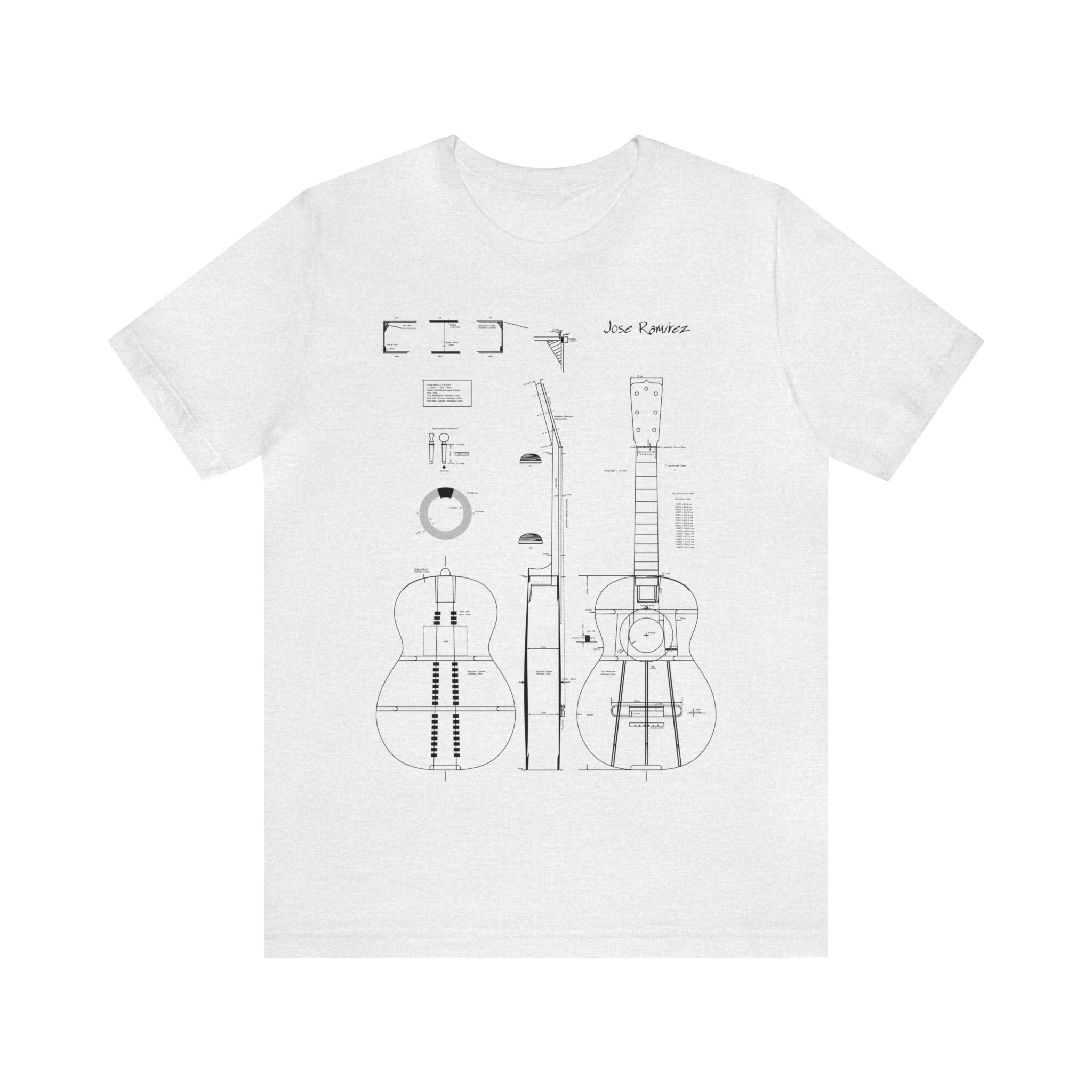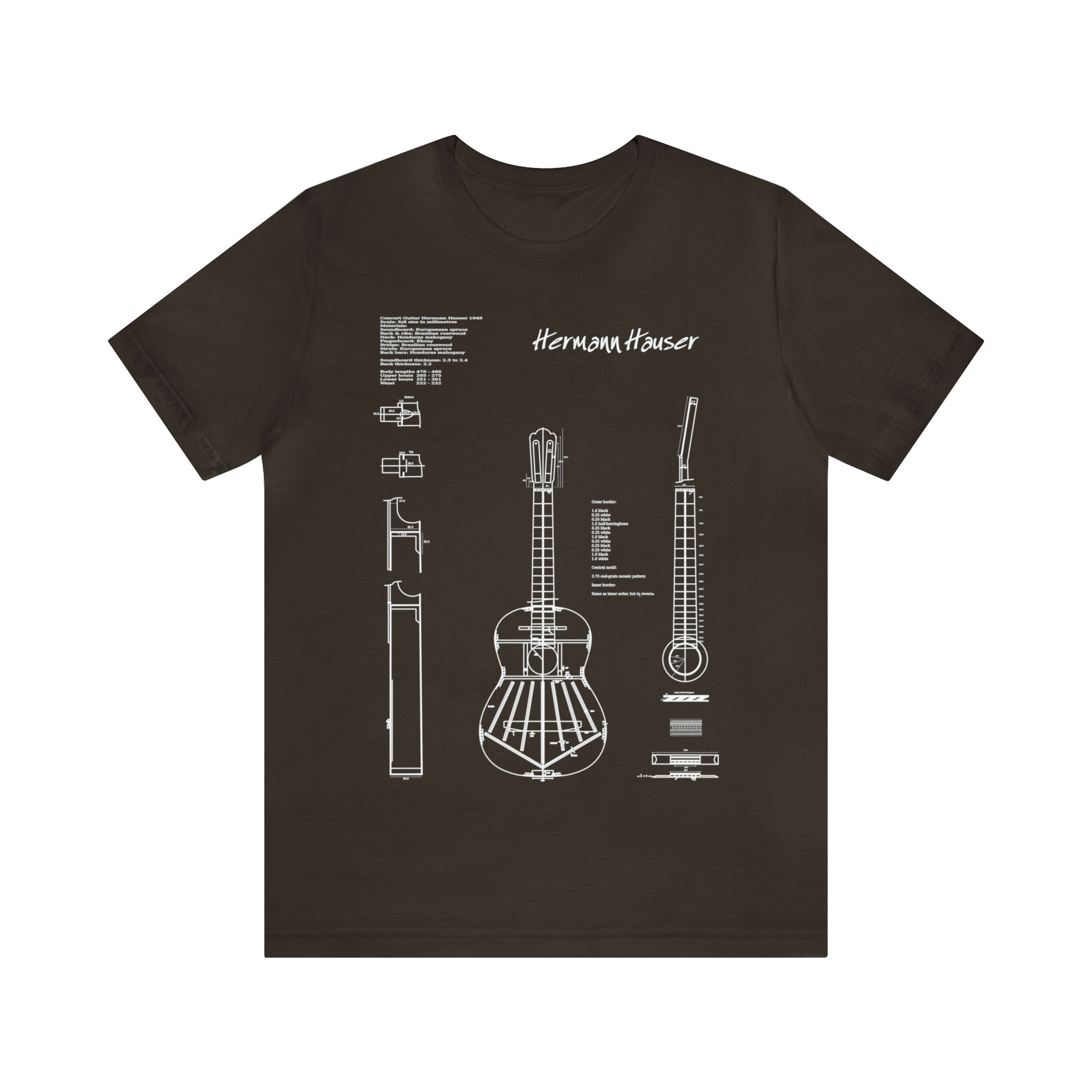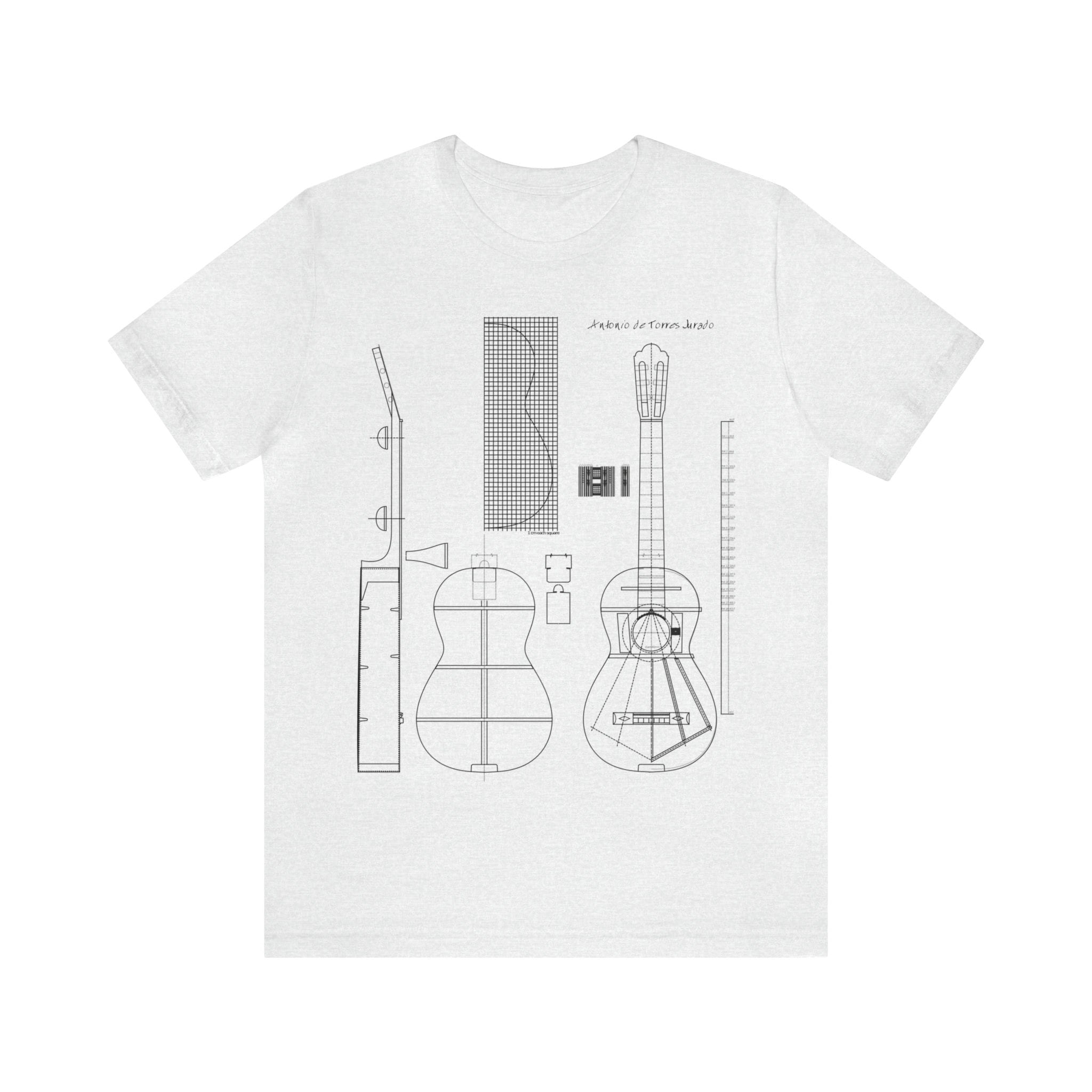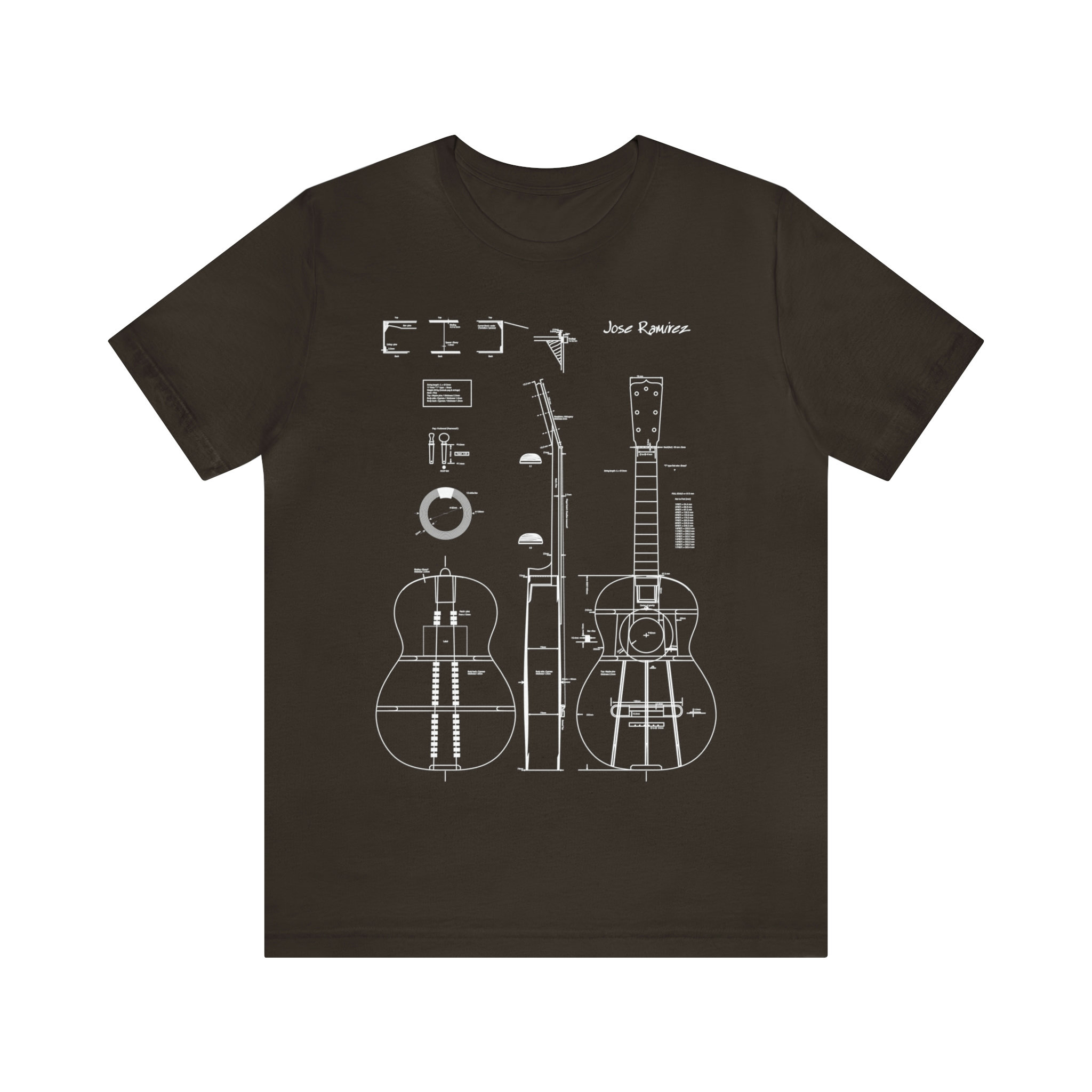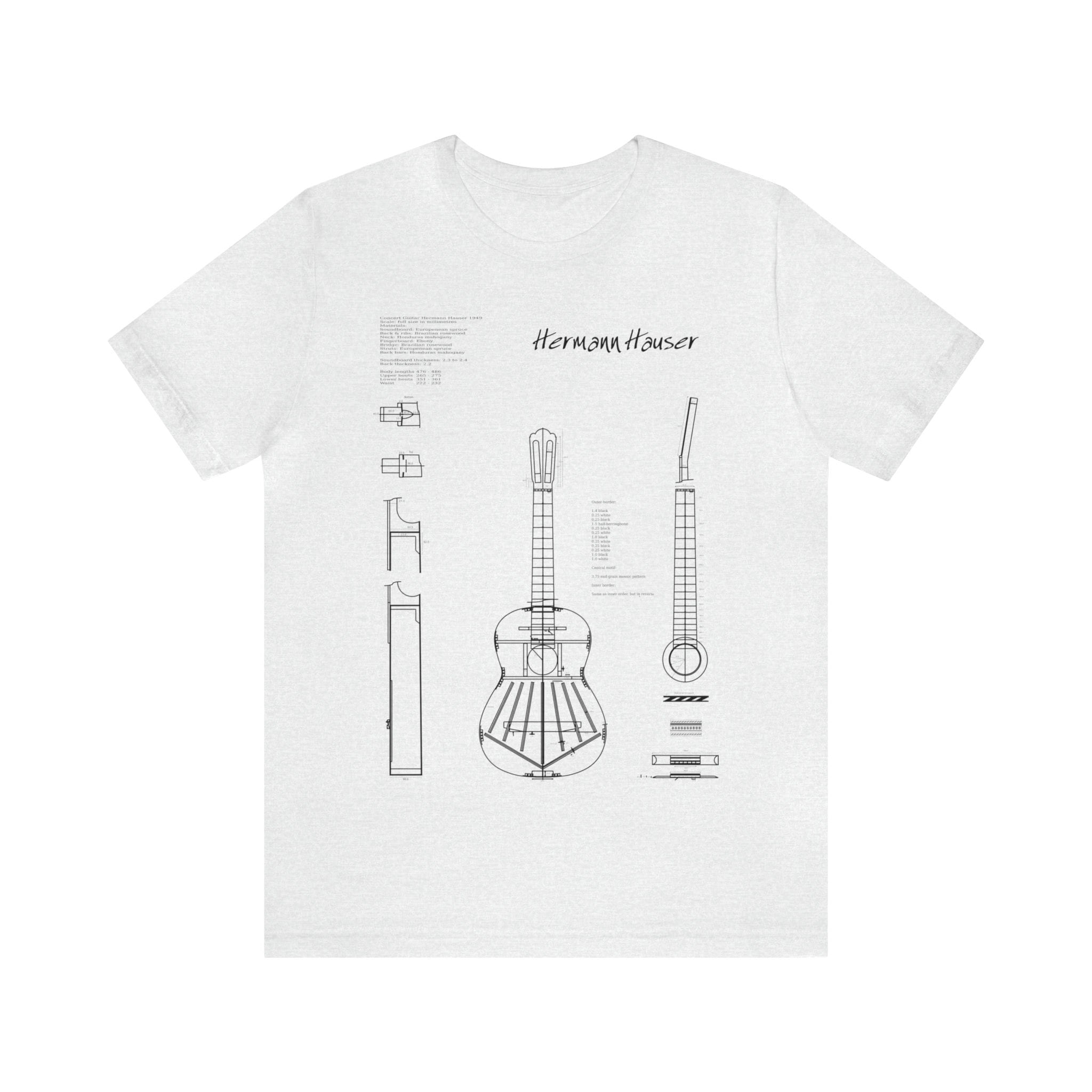Explains to different guitar school methods. The “Attack to the Right” and “Attack to the Left”.
Attack to the Right
Plucking the strings with the right tip (part) of the fingers
Attack to the Left
Plucking the strings with the left tip (part) of the fingers
Attack to the Right or to the Left?
If there are certain arguments in favor of the “Attack to the Right” (respect of the trajectory of the flexor tendons of the fingers), we cannot conceal that excellent guitarists exert their art while “Attacking to the Left”. In fact, for a long time this problem is a subject with a lot of debates persisting in the guitar world. Thus Aguado, Dionisio wrote in his method that it was necessary “to attack the cord with the pulp of the left part of the finger”, indisputable characteristic of the “Attack to the Left”. At approximately the same time, Sor, Fernando somewhat dissociated this opinion by affirming that he “turned a little the hand in contrary direction to that in which it saw some guitarists turning it” in particular Aguado, Dionisio.
In full agreement the “Attack to the Right” school i can say that its principal technical merit is supported the independence of the figer-a.
The majority of the guitarists practice this attack with the left dimension of the finger. Others on the contrary are useful only of the right dimension. It is wise to be able to attack of the two dimensions, preferably “Attack to the Left” for Apoyando (Rest-stroke) and “Attack to the Right” for Tirando(free-stroke), the tremolo in particular, It is not recommend alternating the two attacks because of the destabilization of the tendons which it inevitably trained. Moreover, changing the angle of attack can pose some problems on the level of the nail measurement. All in all the angle of attack as little importance, although it is necessary to keep in mind the possible deviation of the hand. In other terms the selected type of attack must determine the position of the hand and vice versa, it is the positions of the hand which must determine the appropriate type of attack.
Finally we could question that the rapid alternate other of these techniques always exposes the hand to a serious functional problems and it needs time for the additional adaptations.
My advice to you is that no matter what kind of attack you practice you must always listen to what you are playing. You’ll know that you have found the suited attack and the suited hand position, when you’ll start likening what you are hearing in your playing.
Classical Guitar


